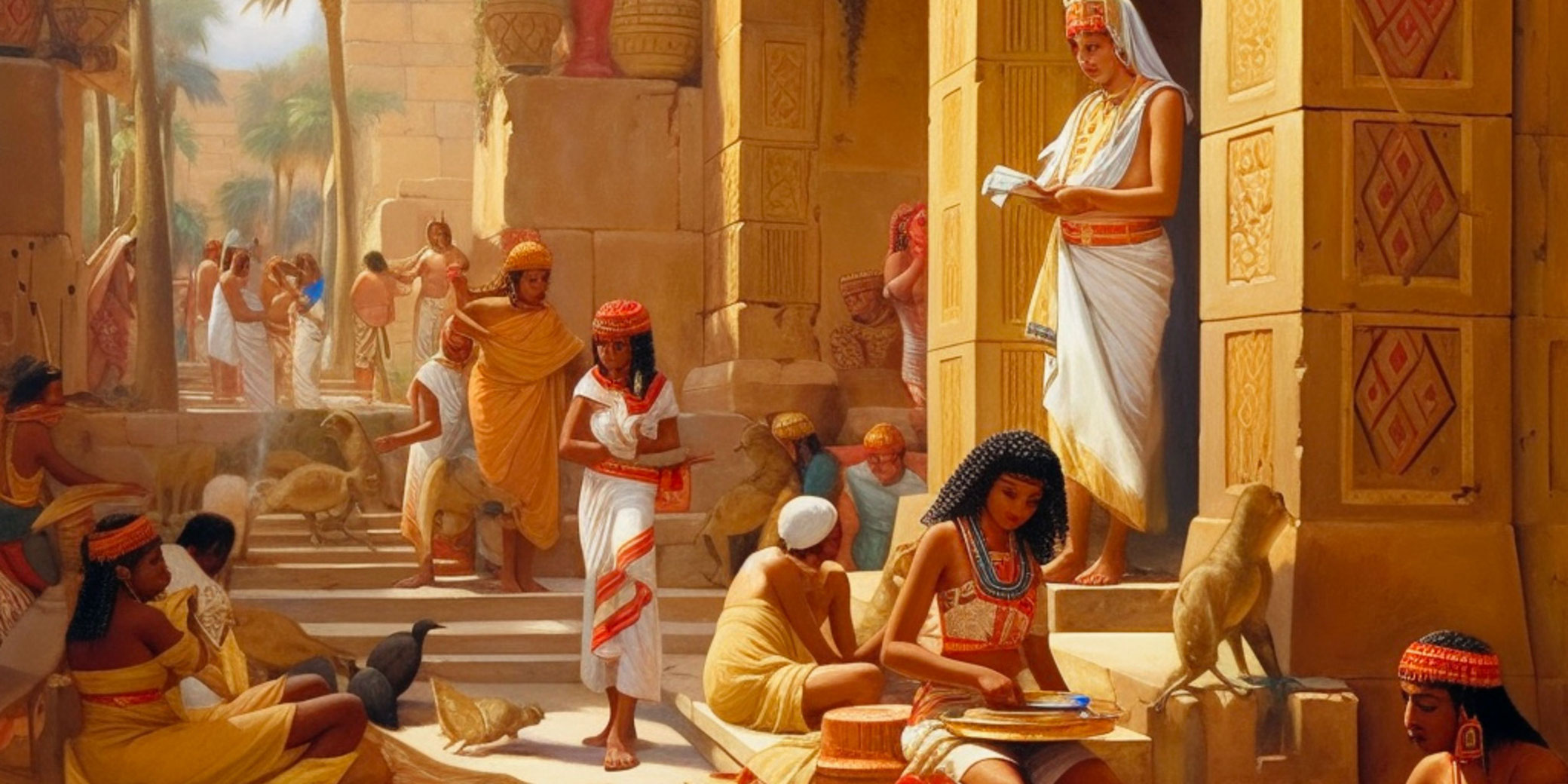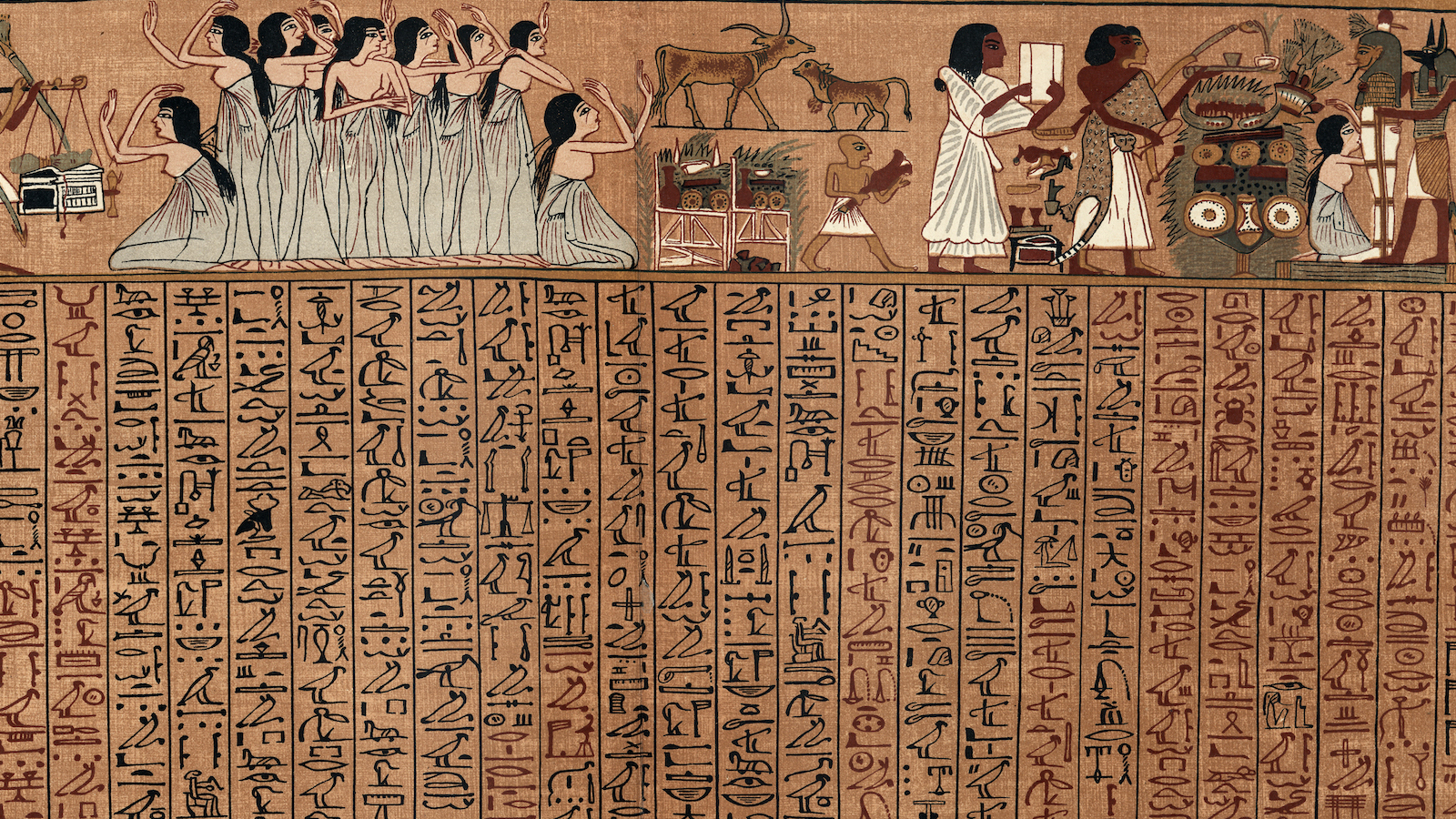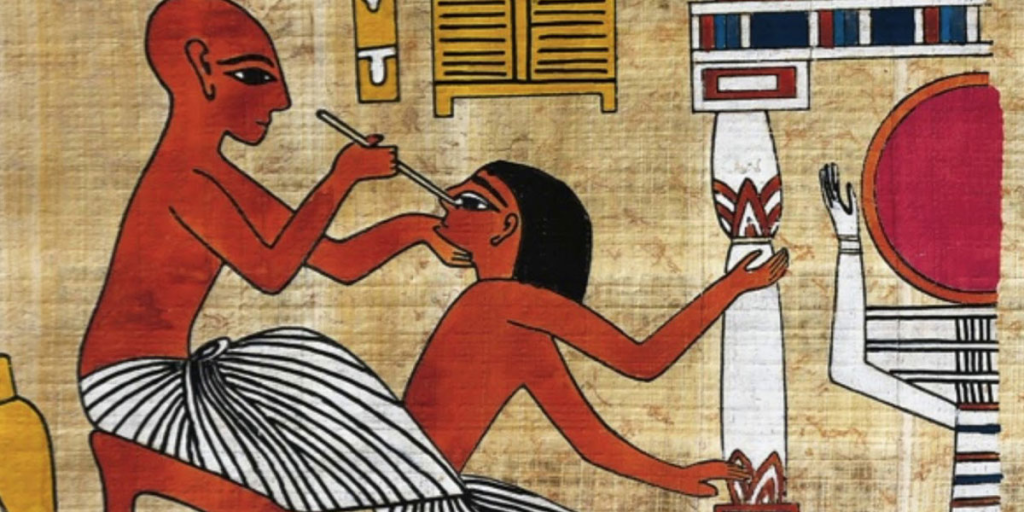
5 things Ancient Egyptians created
The Ancient Egyptian civilization was no joke, and we all know of their legendary status as one of the most advanced empires in history. Many of their inventions have been so influential that they still play a significant role in our society even after the passage of thousands of years.
They were paragons when it came to architecture, and geniuses in many scientific fields. Their feats baffle researchers to this day, with some being so remarkable in fact, that people believe they were aided by aliens! Which is quite impressive for a society that existed many millennia ago.
In this post I will mention 5 things that the Egyptians invented, and I am willing to bet you will find something in this list that will surprise you!
1- Papyrus (ancient paper)

Although modern paper we’re all so familiar with nowadays was invented in China in 105 AD, papyrus was the first writing material to assume many of the properties of what we now know as paper. Invented in approximately 3000 BC, the Ancient Egyptians used the papyrus water-plant which grew in great amounts in the delta of the Nile River.
Ancient papyrus was nowhere near as smooth as modern paper, but the dry Egyptian climate meant that documents made of papyrus were incredibly long-lasting and resilient. Historians aren’t exactly sure of the exact construction process, as some information has been lost to time, however there are speculations and hypotheses around how they may have done it.
It is thought that the first step consisted of cutting the stem into strips, after which they were soaked in water to expand the fibers, and arranged in overlapping layers. They were then compressed, by being hammered, rolled or pressed, until the overlapping layers would eventually fuse to form a flat surface.
2- Ink

There would be no point to creating papyrus if they couldn’t write stuff on it. Other civilizations and empires carved into stone, clay, wax, etched into wood, etc. But the Egyptians were smart enough to find a way to avoid the headache that doing all that would bring by figuring out a workaround that has withstood the test of time.
They would create the ink by grinding a bunch of pigments and ores with water to form the thick liquid that could be used to transcribe letters and illustrations on papyrus VIA brush or stylus. By combining a bunch of minerals and ores such as :
- Iron
- Quartz
- Copper
- Malachite
They were able to develop different ink colors. Black, red, and blue were the most common, but colors like green, yellow, and white have also existed.
3- Toothpaste and mouth freshener

The toothpaste we have grown accustomed to is much different than what the Egyptians used, but they certainly laid the foundation for its modern variant. They suffered from a lot of abscesses and enamel wear, so toothpaste became one of the most important inventions that helped in preventing these problems once it was invented.
Egyptian toothpaste was basically made by mixing up salts, flowers, peppers, ashes, and even eggshells. This concoction would be rubbed in using the finger or a very primitive toothbrush comprised of frayed twigs (like miswak). This did help in cleaning their teeth surprisingly well, but as you can imagine, the nature of toothpaste’s mixture would lead to bleeding gums.
For those who already suffered from tooth decay, breath mints were developed in order to hide and mask the jarring stench of rotting teeth. They would suck on drops made of boiled honey that were flavored with herbs and spices. They would also, of course, use mint for a fresher breath, a tradition that endured till today.
4- The lock

With the steady growth of their population and empire as a whole, residents’ security was becoming a huge concern back then, as homes and other establishments were protected by a simple bolt placed across the door, but during the second millennium BC, the lock and key became the norm for security systems, much like today.
The earliest of these locks were created around 4000 BC, which basically were pin-tumbler locks, in which a hollowed-out bolt in the door was connected to pins that could be raised when the key would be inserted. Once the key pushed upwards against the pins, they would slip away from the bolt shaft, allowing it to be withdrawn.
Egyptian locks were actually more secure than those later developed by the Romans, who used a simpler design with a spring instead of a bolt to hold the door in place. The Roman locks were hidden inside the door, but they were easier to pick than the Egyptian locks.
5- Medicine

Earlier civilizations depended on religion and magic to treat physical and mental illnesses, and although they still believed in the supernatural to be a factor when it came to health, Egyptians tackled these problems with a much more scientific approach.
It was by their hand that modern medicine as we know it was developed, by mixing herbs and minerals they heavily expanded their expertise and knowledge in the medicinal field, not to mention they even performed surgeries as early as 2000 BC. These surgical procedures would be conducted using bronze tools, allowing them to stitch up wounds, treat broken bones, and even amputate.
With such advancements in science, Egyptian doctors earned an amazing reputation and were famous across several regions for their medical prowess.
And that concludes our list! We certainly have a lot of gratitude for Egypt’s inventions but most importantly, I’d like to thank you for reading this blog post, and hopefully you learned something new about the magical and interesting world of Ancient Egypt!





